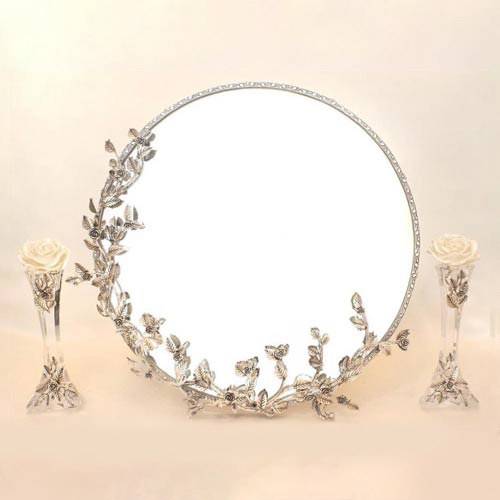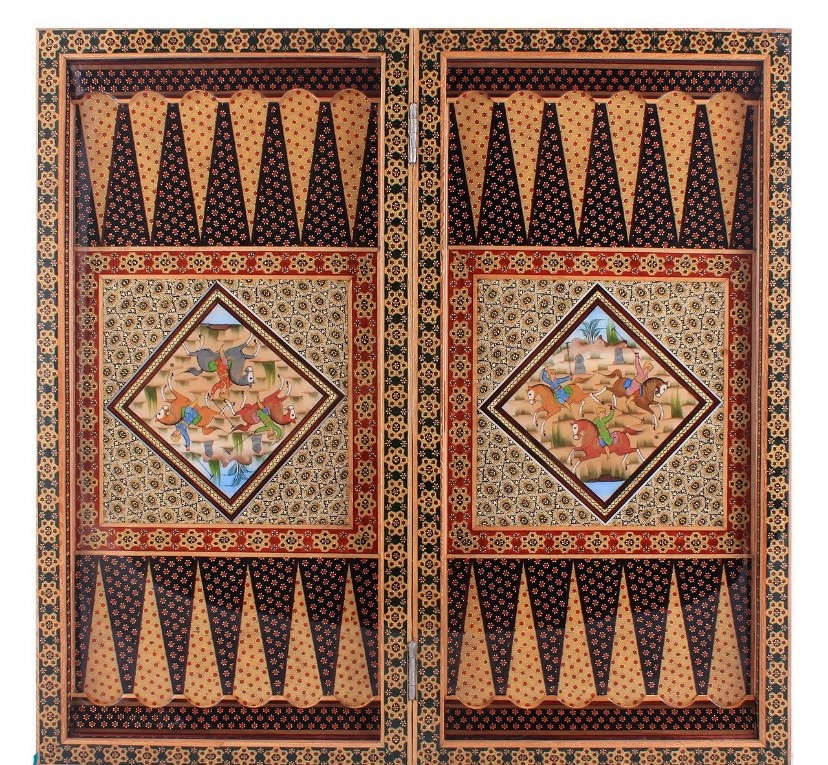Playing Backgammon
How to play backgammon for beginners:
For playing Persian backgammon, a player with a white square, for example, starting from 19 to 24 is numbered. Two pieces in house 24 and 5 pieces in house 13, 3 pieces in house 8, and 5 pieces in house 6 are the opposite. For the other player, the opposite is true. Thus, house 1 is the house of 24 opposing players, and house 12 is the 13th house for the other player, so the white player must move his pieces in the direction of the arrow visible in the figure towards house 1, and after all the pieces are in the quarter Collect the numbers 1 to 6 and start throwing them out of the game. The winner is the one who takes his pieces out of the game sooner.
5 pieces in house 13, 3 pieces in house 8, and 5 pieces in house 6 are the opposite. For the other player, the opposite is true. Thus, house 1 is the house of 24 opposing players, and house 12 is the 13th house for the other player, so the white player must move his pieces in the direction of the arrow visible in the figure towards house 1, and after all the pieces are in the quarter Collect the numbers 1 to 6 and start throwing them out of the game. The winner is the one who takes his pieces out of the game sooner.
Move the pieces: To start playing backgammon, each player throws a dice. If the numbers are the same, this must be repeated so that the numbers are different. The player who brings more numbers starts the game based on the number that appears on the dice. Is the first move. After starting, players must roll both dice alternately and move according to their number. A piece may be moved to a house that is not occupied by two or more of the opponent’s pieces. The numbers on the dice form separate movements. For example, if a player rolls 3 or 5, he may move one piece 5 houses forward in the authorized house and move the other piece 3 houses, or he may move one piece equal to the sum of two dice to an authorized house. These movements are provided that the target cells of the pieces are not occupied by two or more of the two pieces of the opponent and are allowed. The player who brings the pair means that the numbers on the dice are the same, he plays it twice, for example, the player who brings 6 and 6 can move 4 times with 6, that is, two to two, which is sometimes very useful. The player must use both dice numbers and make both moves unless he can play that number when only one number can be played. The player must play the same when both numbers can be played but not every Two means that the movement of one piece restricts the movement of another. In the same situation, it is better to play more numbers. When none of the numbers can be played, the player loses the dice. In the case of pairs, when the player cannot use all four of his moves, he must move as many as he can.
Hit and enter in play backgammon
For playing Iranian backgammon the point occupied by a piece is a defect in the game. If an opposite piece sits in your one-piece
Withdrawal: When a player has collected all 15 pieces in the last quarter, he is allowed to start removing them and throwing them out of the game. According to the dice numbers, the player must start throwing the pieces, for example, if he brings 6 and 4, he must eat a piece of 6 and a piece of 4. If there is no peace in house number 6 or 4, he must play the corresponding number, for example, Dice 3 brought into the house does not have 3 pieces, but in 4, 5, or 6 pieces it has to move one of the pieces to 3 houses, but it is possible that it does not even play. At this time, it must be from the highest house that has more dice is not.
March: If one player has a significant advantage over another, he may take his last piece out of the game before his opponent throws even one piece, in which case it will be considered a two-handed win.
Sermeh – Persian Handicrafts Store
























